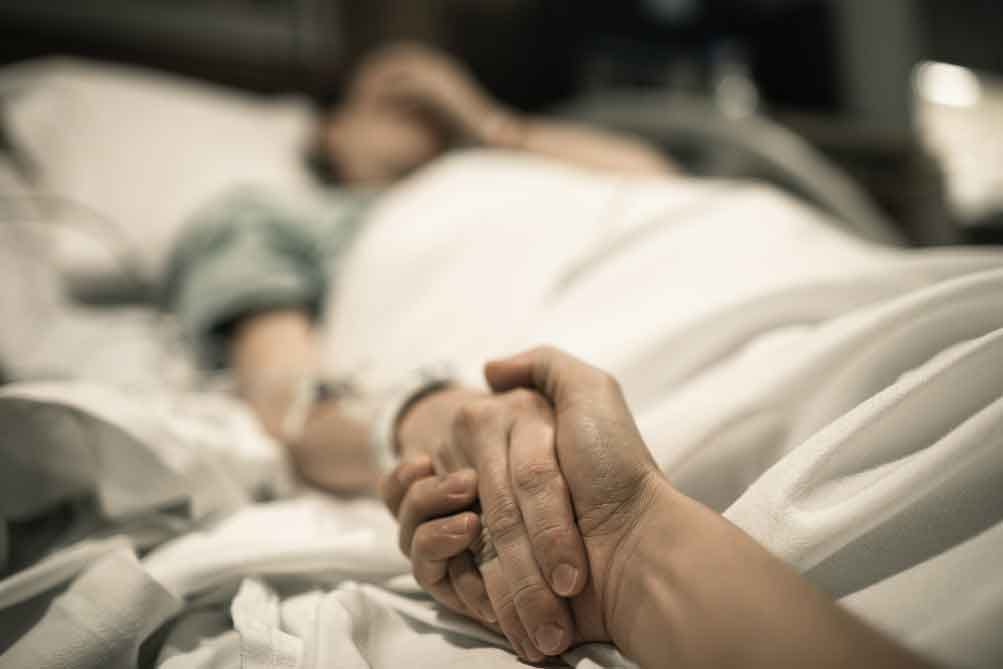In the last week, I have been thinking a lot about our region's second COVID death. But not for the reasons you may be thinking.
As with any death, the passing of a loved one is tragic. But what made me cry was the fact that this retired OPP officer who lived a great life, had to spend his last 48 hours in the hospital all by himself. Not a single family member could visit him in his final hours. I just imagined myself in this situation, and broke down thinking I wouldn’t be able to be with my husband and kids as I died. In my opinion, that was the real tragedy.
I did some research and found that this has been the standard procedure in many hospitals in Canada over the last year. I also started reading about long-term care homes.
A large Ontario study following 53,739 residents and 640 homes that was released in 2015 can shed some light on the end-of-life situation in long-term homes. The study was published in the Journal of Post-Acute and Long-Term Care Medicine. The researchers found that among all residents entering a long-term care home in the province 22-25% of them passed away in the first six months. The study also concluded that the average length of stay was 18.7 months (the study notes that while some residents are discharged, for most it is their last home before death).
I’ll repeat this again as it’s important: The average length of stay for someone entering a long-term care home is 18.7 months. If we listen to the recent government outlooks on the pandemic and vaccination programs, they expect us to maybe return to “normal” by the end of 2021 or at some point in 2022.
We are trying so hard to protect our elders from death, but in turn are depriving them of visiting with all their children, grandchildren, great grandchildren and friends in their last years of life.
Think about this for a second. Most seniors who entered a nursing home before the pandemic started in February 2020 may have already passed away. By mid-2022, 28 months will have passed and a large majority will have died (regardless of COVID). Many of them with only one or two family members allowed to be with them. Many others entirely alone…
The strict measures against the pandemic have helped. But at what cost? What was their quality of life in this past year? For some the last year of their life.
At this very moment, each one of us is dying. We are all on the trajectory of death, because death is an inevitable part of life. Some of us may be dying of cancer, some of us may be dying of cardiovascular disease and most of us do not yet know what will cause our death.
As much as we want to “Stay home, stay safe and save lives”, the truth of the matter is that no matter what we do, we cannot save all lives.
COVID and all the other causes of deaths have many differences, one being the unpredictability of COVID. But one major similarity they have, is the sad truth that most of the victims have likely died alone since the pandemic began. I can imagine that anyone dying in these times would have wanted to be able to spend more time with their family and friends in their last weeks, and especially in their last few days.
This post is not meant to downplay the 15,606 deaths from COVID-19 that occured in 2020, or the other 285,000 that occured. But to simply shed a light on a very important fact:
We are all dying, but we should not have to die alone...
Danielle Venne
Sources:
https://www.thestar.com/news/canada/2015/10/07/death-rates-higher-in-for-profit-nursing-homes-report-says.html
https://www150.statcan.gc.ca/t1/tbl1/en/tv.action?pid=1310039401
https://www.jamda.com/article/S1525-8610(15)00414-4/abstract?cc=y=




